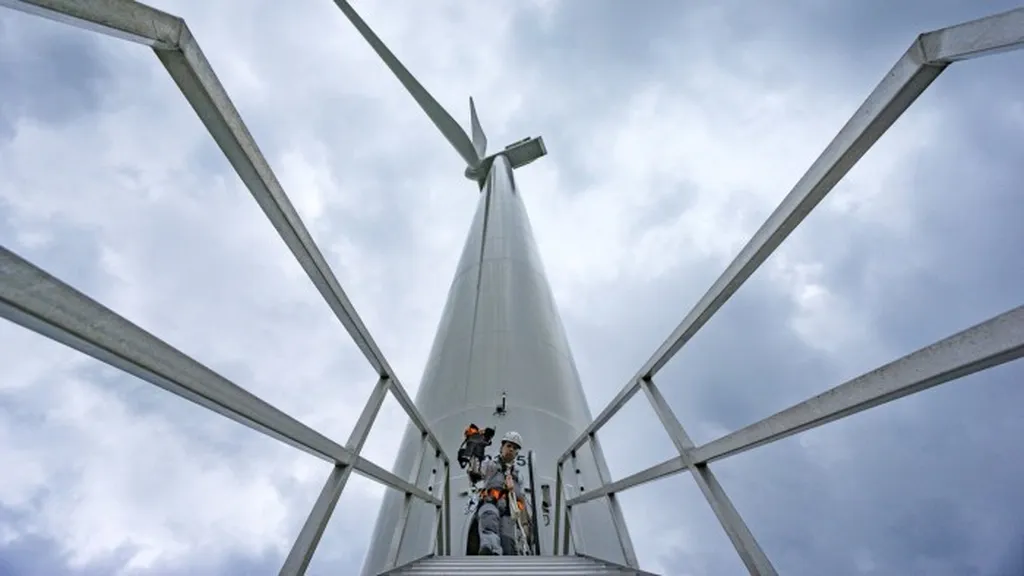A stretch of Crown land in St Martin could soon take on a dual role as both a renewable energy hub and an agricultural research centre, under plans to transform Belle Fontaine into Jersey’s most ambitious solar project to date. If approved, the site would generate enough electricity to power over 40% of the parish’s homes while simultaneously exploring how farming and solar energy production can coexist—a concept known as agrivoltaics.
The proposal, a collaboration between Jersey Electricity (JE), the Crown Estate, and Harper Adams University—the UK’s leading institution for agricultural technology—marks a significant step in the island’s push toward energy self-sufficiency and sustainable farming. A public consultation on 10 September at St Martin’s Public Hall will give parishioners their first detailed look at the plans, offering an opportunity to shape a project that could redefine how Jersey balances food production with clean energy.
At its core, the Belle Fontaine scheme reflects a growing global interest in agrivoltaics, where solar panels are installed above crops or grazing land, allowing for food production and energy generation on the same plot. Early research suggests this approach can improve land efficiency, reduce water evaporation from soil, and even boost crop yields in some cases by providing partial shade. For Jersey, where arable land is scarce and energy imports remain a vulnerability, the model presents a compelling solution.
Receiver General Alan Blair emphasised the project’s alignment with broader sustainability goals, noting that the site has been part of the Crown Estate for centuries. “Government House is supportive of the island’s agricultural community, and at Belle Fontaine, we are seeking innovation in agriculture alongside renewable energy generation,” he said. The initiative also resonates with King Charles’ long-standing advocacy for sustainable farming, adding a symbolic weight to the practical ambitions of the scheme.
From an energy perspective, the project builds on Jersey’s recent progress in solar adoption. The island’s first ground-mount solar farm in St Clement now supplies 14% of local homes, with two additional sites under construction in St Mary and St John. If Belle Fontaine proceeds, it would accelerate JE’s target of generating 25MW of solar power—roughly a third of Jersey’s summer peak demand—by the end of 2027. Chris Ambler, JE’s chief executive, described the site as a “unique opportunity” to enhance energy sovereignty while exploring new farming techniques. “We’re hoping this could position Jersey as a global leader in agrivoltaics,” he said, highlighting the potential for the island to export not just energy, but expertise.
Yet the success of the project may hinge on community buy-in. Solar farms, particularly large-scale developments, can face opposition over concerns about visual impact, land use, and local ecology. The consultation next month will be critical in addressing these issues, offering residents a chance to scrutinise how the farm would integrate with the surrounding landscape and whether the benefits—lower energy costs, reduced carbon emissions, and agricultural innovation—outweigh potential drawbacks.
For farmers, the project could offer a blueprint for diversifying income streams. Agrivoltaics allows landowners to lease plots for solar installations while continuing to farm, potentially shielding them from volatile commodity prices or climate-related yield fluctuations. Harper Adams’ involvement suggests the site could also serve as a testing ground for crops best suited to Jersey’s climate when grown alongside solar panels, from shade-tolerant vegetables to forage for livestock.
If realised, Belle Fontaine would represent more than just another solar farm. It could signal a shift in how Jersey views its land: not as a resource to be partitioned between competing needs, but as a space where multiple priorities—food, energy, and sustainability—can coexist. The challenge now is to ensure that vision aligns with the expectations of the islanders who will live alongside it.

